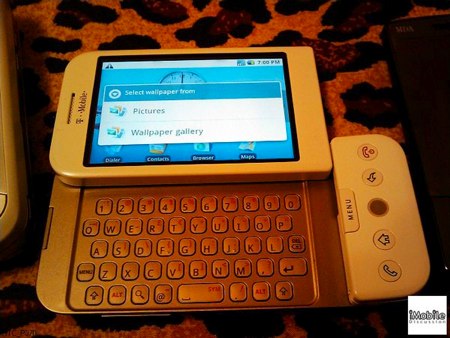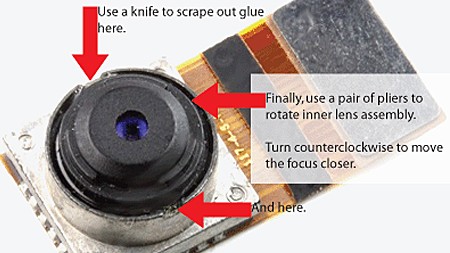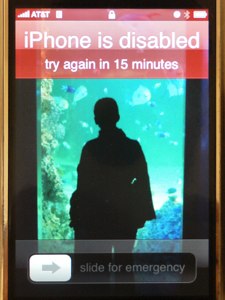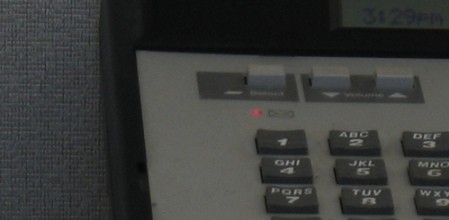![]()
The iphone-dev team seems to still be on top of their game. Only a day after the iPhone 2.1 firmware update was released, they’ve updated both the PwnageTool and QuickPwn to deal with the release. They haven’t begun work on the iPod Touch 2G yet, since no one on the team has one yet.
We tend to agree with Engadget; jailbreaking is becoming less and less important to casual users. Now average users can buy an iPhone in their own country and run apps from the official store. A much different place than we were only a year ago. We know most of our audience are power users though and definitely want out of Apple’s walled garden, but that’s only a small percentage of iPhone users.

















